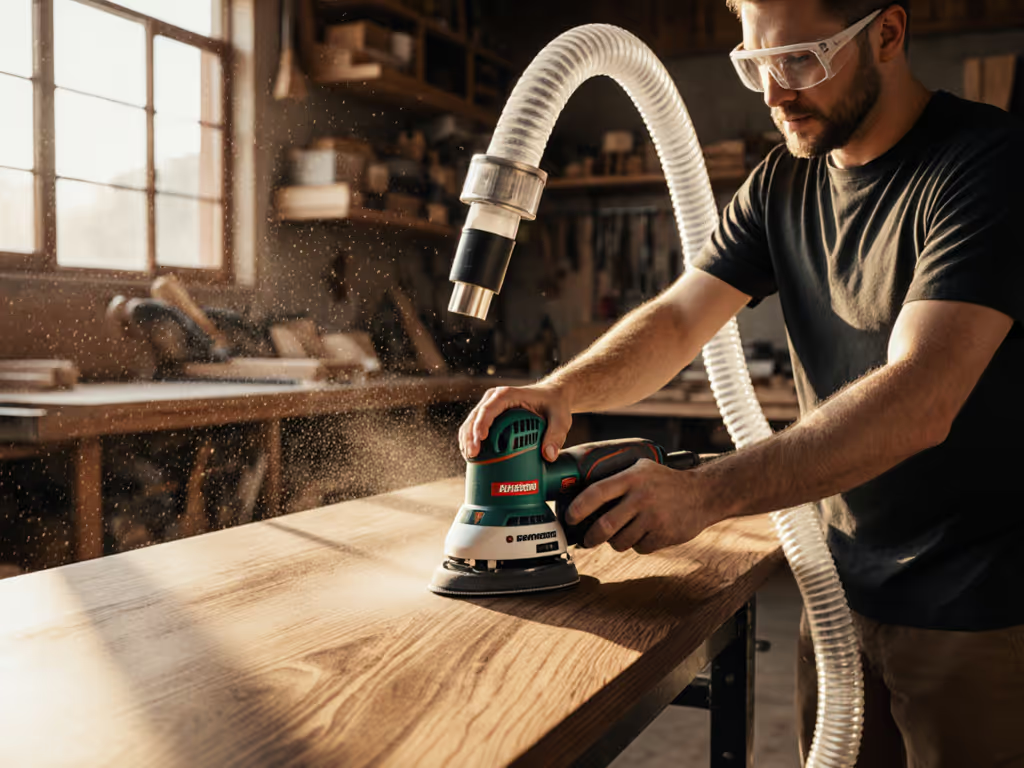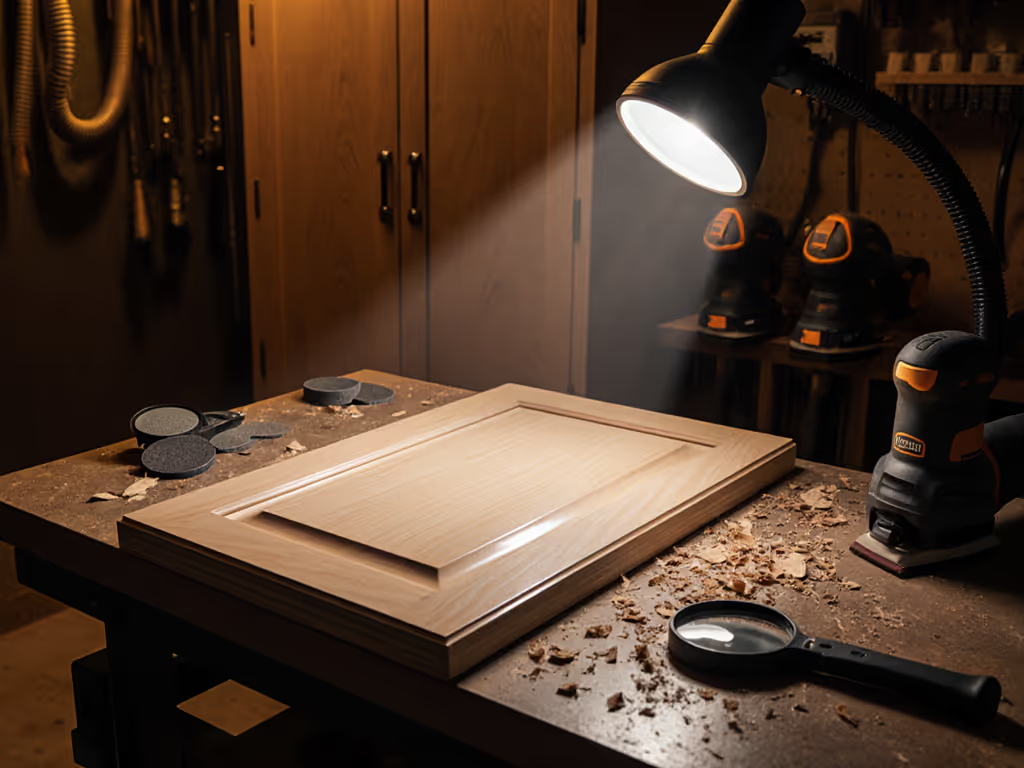
Disc Sanders: A Measured Approach to Precision Sanding and Finish Control
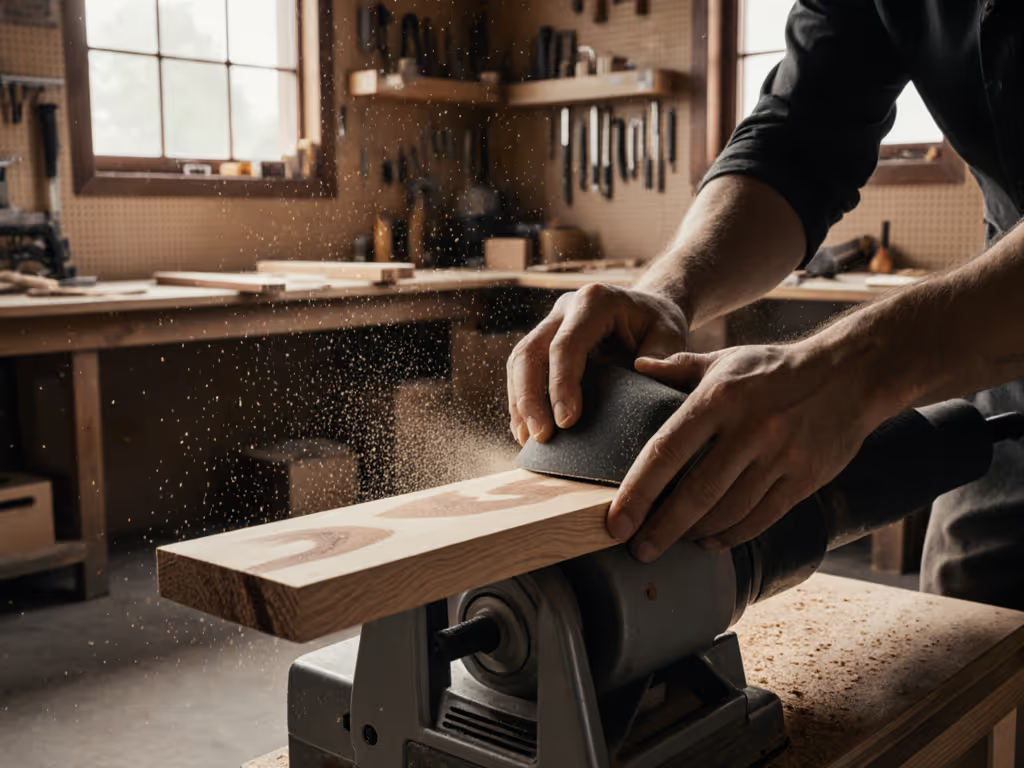
For finish professionals, a disc sander isn't about brute force, it's a calibrated instrument for predictable scratch patterns, critical edge preservation, and quantifiable dust control. When surface quality dictates payment, measuring performance separates functional tools from liabilities. Documented process begins here, with protocols that translate rotation speed, abrasives, and dust extraction into repeatable results.
What distinguishes a disc sander from other benchtop sanders?
Disc sanders deliver controlled aggression via rigid, flat-sweep sanding. Unlike oscillating tools, their fixed-axis rotation provides unwavering consistency for:
- Edge squaring and end-grain leveling
- Profile preservation on veneers and solid wood corners
- Metal shaping and composite trimming
Critical metrics:
| Feature | Impact | Target Threshold |
|---|---|---|
| Platen Stability | Prevents edge rounding | <0.1mm deflection @ 10N force |
| Rotational Consistency | Eliminates swirl marks | ±5% RPM variance under load |
How do disc sanders achieve precision in edge and contour work?
The secret lies in unyielding backing plates and optimized disc geometry. While belt sanders drift under pressure, a quality disc sander maintains contact angle integrity. For curved work, smaller diameters (100-150 mm) increase maneuverability without sacrificing pad stiffness. Essential protocols:
- Substrate-specific grit progression:
- Hardwoods: 80→120→220 grit jumps
- Painted surfaces: 180→320 with interface pad
- Pressure calibration:
- 0.5 to 1 kg force for veneers
- 2 to 3 kg for solid stock
What measurable dust capture and vibration thresholds should a disc sander meet for occupied interiors?
Hospital-grade benchmarks apply:
- Dust capture: ≥95% @ source (≤0.1 mg/m³ respirable dust)
- Vibration: <2.5 m/s² (HAVS action limit)
- Noise: <80 dBA @ operator ear
The JET combination disc and belt sanders integrate quick-lock dust covers and anti-static ports to meet these thresholds (critical for retrofit sites with zero tolerance for contamination). For capture efficiency benchmarks and system design, see our HEPA sanding guide.
Can a disc sander handle both heavy material removal and fine finishing without swapping tools?
Not optimally. Discs excel at controlled material removal but lack the linear aggression of belt modes. For heavy stock reduction, pair with a disc and belt sander combo. Key workflow division:
| Task | Tool Mode | Grit Range |
|---------|---------|------|
| Flattening glue lines | Belt | 60-100 |
| Edge refinement | Disc | 120-220 |
| Final polishing | Disc + interface pad | 320+ |
How do I establish a documented process for swirl-free finishes across substrates?
Adopt a three-axis verification protocol:
- Pre-sanding measurement: Record baseline Ra (μm) and gloss (GU@60°)
- Process controls:
- Fixed grit progression with time-per-stage limits
- Extraction flow rate ≥50 CFM
- Post-sanding validation:
- Raking light inspection @ 15° angle
- Gloss meter variance ≤10% across surface
"Measure the finish first; speed without quality is rework."
(Hospital retrofit data showed 0.02 GU variance predicted first-pass acceptance.)
When is a benchtop drum sander a better choice than a disc sander?
Benchtop drum sanders dominate for:
- Large panel final finishing (Ra <0.8 μm)
- Consistent thickness across joined boards
- Production-scale sanding (e.g., cabinet doors)
Limitations emerge in edge work because drum curvature cannot maintain 90° edges. Here, disc sanders provide irreplaceable precision.
What are the system compatibility pitfalls to avoid with disc sanders and extraction?
Mismatches cause cascading failures:
- Dust port misalignment: Creates leakage paths (test with >50 CFM extractor)
- Non-static-resistant hoses: Abrasive clogging increases 300%
- Pad/abrasive incompatibility: Hard pads + stiff discs cause pigtails on softwoods
Solution: Validate hole pattern alignment and use anti-static systems end-to-end.
Precision sanding demands more than spinning discs, it requires quantifying variables others ignore. From Ra values to vibration thresholds, the difference between callback and payment hides in measurable details. Document your process, enforce thresholds, and let the finish speak.
Related Articles

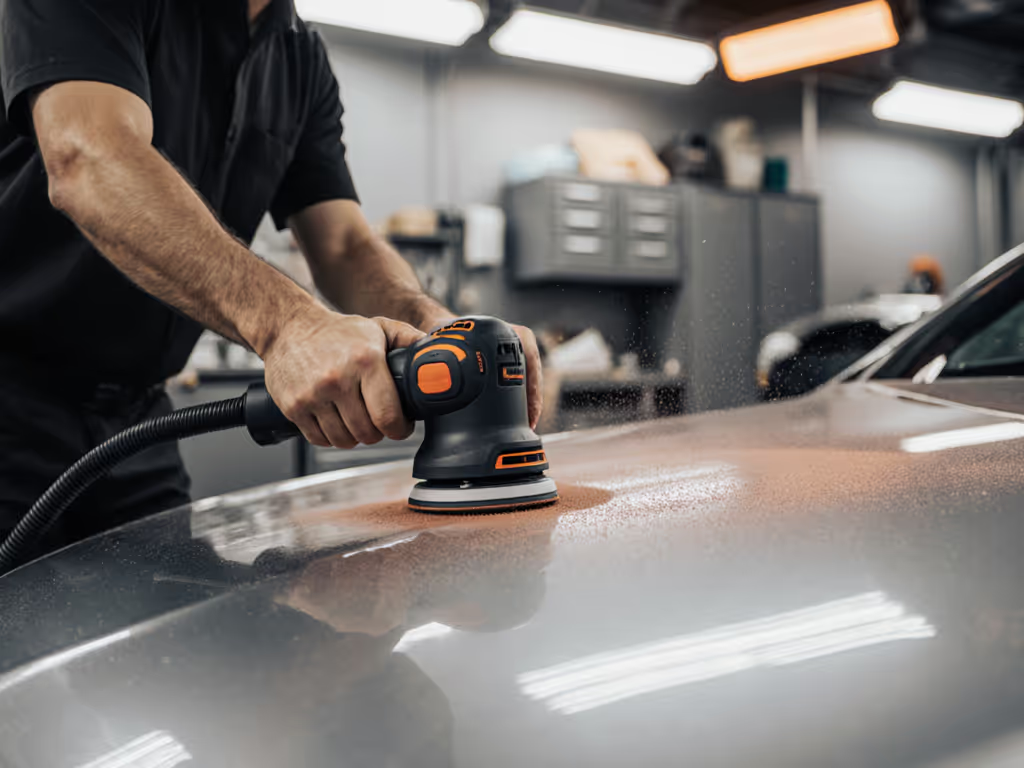
Auto Body Sanding Guide: Eliminate Swirl Marks
Eliminate swirl marks with a measurement-driven sanding process that links tool setup and dust control to finish quality. Follow clear thresholds - vibration < 2.5 m/s², 3–5 mm orbit, Ra < 0.20 μm, gloss variance < 5 - to achieve consistent first-pass results and reduce rework.
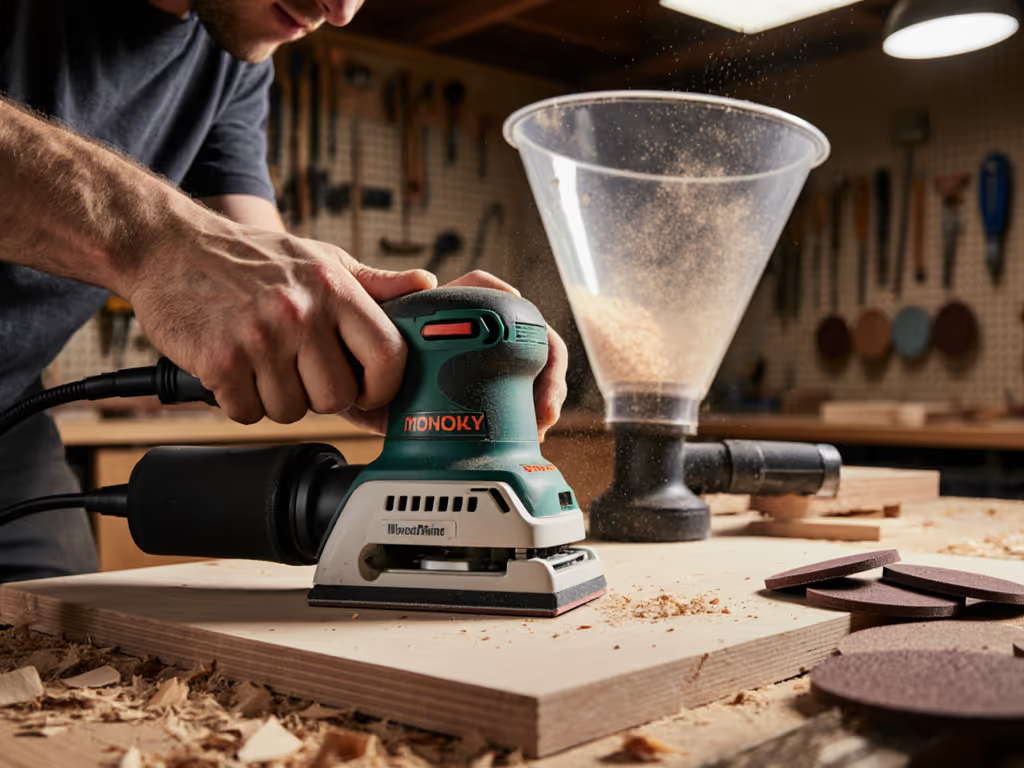
Sander Maintenance Guide: Reduce Dust & Vibration
Control vibration, dust, and noise to protect hands and lungs while sharpening finish quality through disciplined sander maintenance. Follow practical routines for checks, rotations, dust-capture tuning, abrasive management, and replacement intervals, with guidance to track exposure and stay within safe limits.
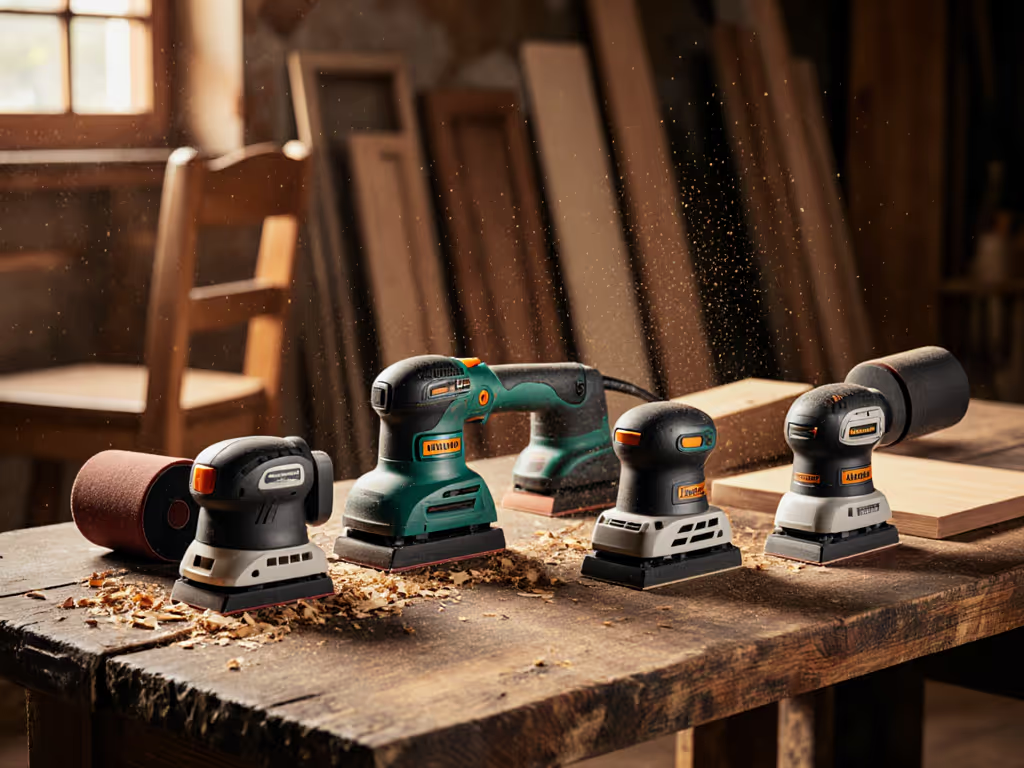
What Sander Do I Need: Match Types to Your Project
Pair each sander type to the job using repeatable sequences with grit discipline, pass counts, edge-first control, and dust capture to prevent swirls and burn-through. Apply these setups to deliver clean finishes faster with fewer callbacks and more confident crews.
